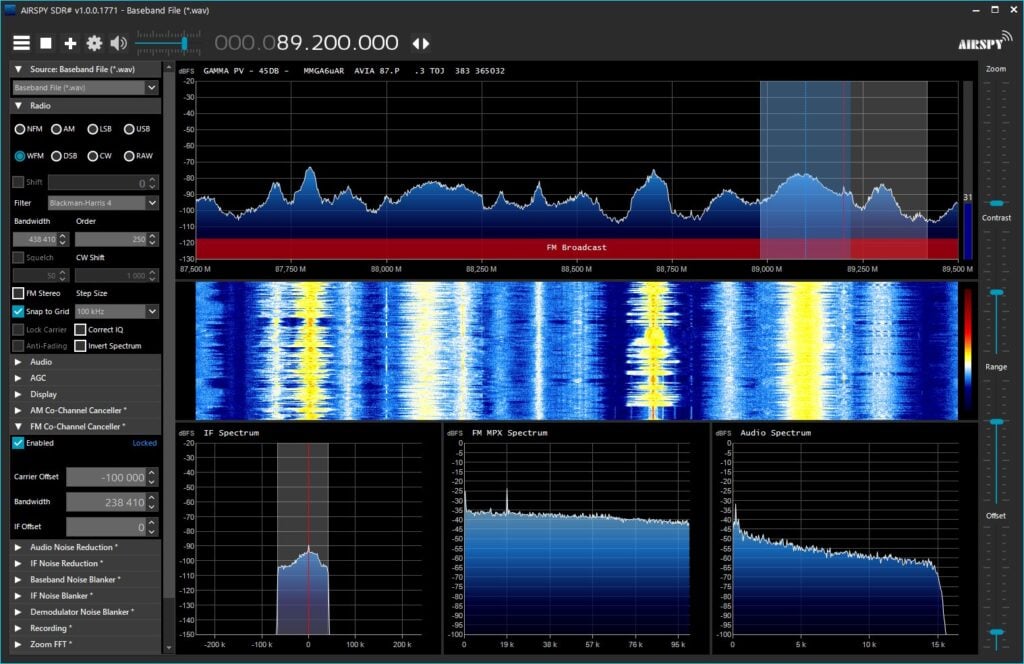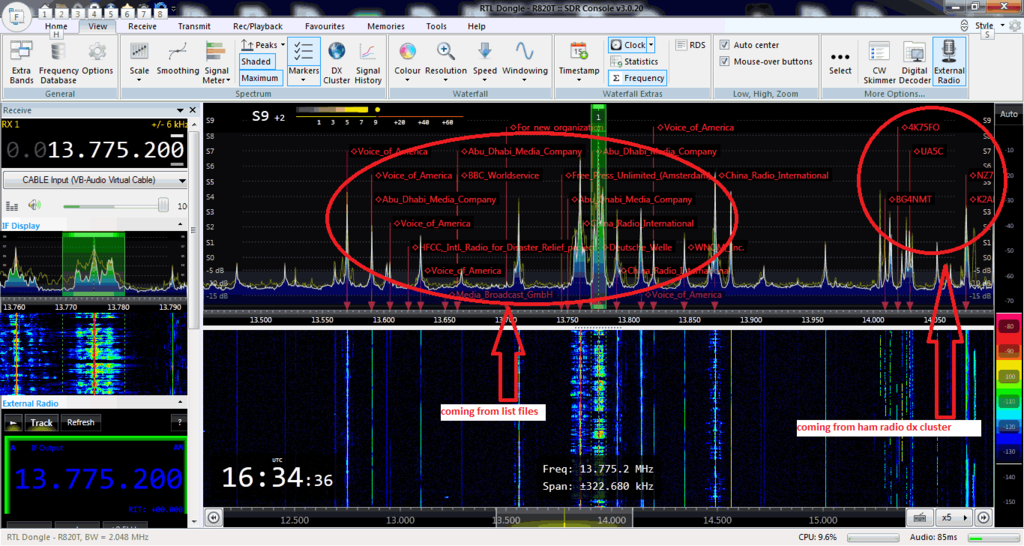SDR# FM Co-Channel Canceller Added
A few days ago the developer of SDR# added a very useful AM Co-Channel canceller plugin, and just today he has also added a new FM Co-Channel canceller. A Co-Channel canceller allow a user to remove an interfering station, allowing a buried station to be received cleanly. This is especially useful for DXer's where strong local and weak distant overlapping stations are likely to be received at the same time. The plugin works with all SDR# compatible SDRs including the RTL-SDR.
On a related note, we wanted to point out that recently the Airspy website and downloads have been getting flagged by some antivirus software, however we believe these detections to be false positives caused by the very frequent update schedule of SDR#.

Over on Twitter we've seen a couple of videos from @K7al_L3afta demonstrating how well the new FM Co-Channel canceller works.
A more extreme case of bullying! it should be the "FM David plugin"!! 😄#Airspy #SDRsharp #FMDX pic.twitter.com/MOOv6Rbv0H
— البزخ المزﯕـيطي (@K7al_L3afta) October 29, 2020
